Eating out is great, but being able to cook the delicious ethnic foods you eat at restaurants is even better. It may seem daunting to put together a bunch of ingredients with which you might not be familiar (some with names you've never even heard of!), but with the guidelines below, you'll be making your own versions of ethnic favorites in no time.
For the part of this list that covers Latin American and European cuisine, make sure to check out the first part of this guide using the link below.
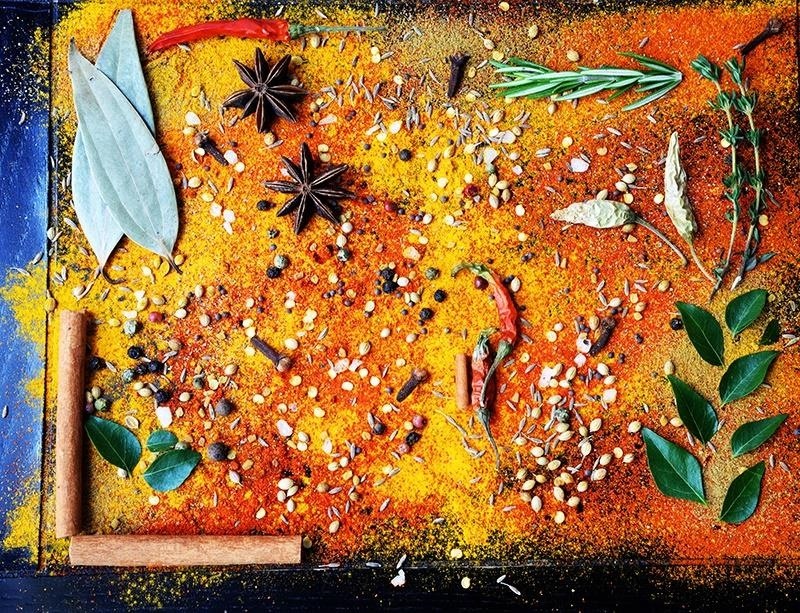
MEDITERRANEAN/MIDDLE EASTERN
Greek
Simple but bright and flavorful, Greek cuisine makes good use of the plethora of fresh ingredients available throughout the country. Preparation is simple as well, and meat is traditionally roasted over an open fire to impart an earthy, smoky flavor.
- Spices: allspice, cinnamon, cloves, cumin, ginger, saffron
- Herbs: dill, mint, Greek oregano, mahlab, bay leaf
- Fruits/Veggies: garlic, onion, eggplant, lemon, olives/olive oil, tomatoes, cucumbers, spinach/greens
- Proteins: lamb, yogurt, feta cheese, goat, pork, fish/seafood
Try This: Moussaka is often described as "Greek lasagna," but it has a base of potatoes rather than pasta, a layer of eggplant, and usually utilizes the rich, gamey flavor of lamb rather than beef or pork. Topped with a luscious white sauce, this recipe will provide you with a wonderful meal of ethnic comfort food.

Turkish
Also very simple in ingredients yet complex and compelling in flavor, Turkish cuisine relies on the combination of a few ingredients in a variety of preparations. Turkish cooking straddles the flavors of the Middle East and Mediterranean.
- Spices: cumin, oregano, sumac, red pepper flakes, nigella seeds (similar to black sesame seeds), black pepper
- Herbs: mint, dill, fennel, parsley, bay leaf
- Fruits/Veggies: salep, arugula, pickled cabbage, garlic, cucumber, mushrooms, peppers, potatoes
- Proteins: fish, octopus/squid, lamb/mutton, beef, veal
Try This: While it may look like pizza, traditional Turkish lahmacun doesn't contain any cheese and has a thin, crispy crust that is more like flatbread. It is usually topped with a lamb-vegetable mixture, but beef can be substituted.

Persian/Iranian
Deep flavors and ingredients with a rich, historical tradition are the cornerstones of Persian cooking. Epicurious' Sarah Kagan says, "Contemporary Persian cooking wears its heritage on its sleeve. Rice has a place of honor, prepared with a prized, golden crust formed from clarified butter, saffron, and yogurt. Lamb and chicken are marinated and grilled as kebabs, or mixed into stews called khoreshes with fruit and sour ingredients such as lime juice."
- Spices: saffron, cinnamon, cardamom, advieh spice blend, sumac
- Herbs: dill, spearmint, parsley, fenugreek, basil, sabzi (Persian herb plate)
- Fruits/Veggies: lime, pomegranate, oranges, walnuts, eggplant, beans, grape leaves
- Proteins: lamb (and lamb offal), fish, poultry (duck, pheasant, chicken), beef
Try This: A wonderful mix of sweet and savory that exemplifies the complexity of Persian cooking, fesenjan is a stew that has a base of poultry as well as walnuts and pomegranates. Try this amazing recipe that uses pheasant (but if you can't find that, chicken will suffice nicely).

Israeli
Often confused with "American Jewish" food, Israeli cuisine is much more analogous to the food of neighboring Arab countries. Simple, fresh ingredients that utilize the abundant vegetables and grains available in the tiny country are the true staples of the Israeli diet. That said, many popular dishes borrow from the melting pot of other cultures that have found their way into Israeli cuisine.
- Spices: turmeric, cumin, za'atar (a blend of thyme, salt, sumac, and sesame seeds), sumac, paprika
- Herbs: bay leaf, flat-leaf parsley, cilantro, dill, mint
- Fruits/Veggies: oranges, chickpeas, almonds, dates; Israel is also known for producing a number of hybrid fruits since agriculture is one of their key industries
- Proteins: Yogurt, eggs, cheese, chicken, beef, lamb
Try This: While falafel finds its way into the cuisine of most Middle Eastern countries, it is perhaps most associated with Israeli street food. Tucked into fresh pita bread and dressed with tahini (sesame paste) and a salad of tomatoes, cucumbers, and herbs, falafel is as fun to eat as it is to make. Try this recipe via Epicurious from revered cookbook author Joan Nathan.

EAST ASIAN
Chinese
There's orange chicken, and then there's Chinese cooking: unbelievably diverse, complex, and impossible to distill into one single description. From the Mongolian-inspired cumin-rubbed meat to numbing, sweet-savory Szechuan-braised pork belly, Chinese cuisine is known for big flavors that leave subtlety far behind.
- Spices: five-spice powder (star anise, fennel seed, Szechuan pepper, cinnamon, clove), Szechuan peppercorns, star anise, salt
- Herbs: mustard seed, kaffir lime leaf, anise, cilantro
- Fruits/Veggies: garlic, ginger, red chilies, peppers, taro root, lotus root, kumquats, orange/tangerine, Chinese broccoli (aka Chinese kale), bok choy, pea pods
- Proteins: duck, chicken, fish/shellfish, pork, beef, tofu
Try This: I would be remiss if I didn't mention the importance of sauces in Chinese cooking. Soy, hoisin, oyster, and duck are just some of the many sauces that flavor Chinese cuisine. This recipe for Sichuan-braised beef cheek with orange is a bit time-consuming to prepare, but the fruits of your efforts will be richly rewarded with an unequaled depth of flavor.

Japanese
Japanese cuisine at times single-mindedly pursues transcendence of a particular ingredient to its ultimate state; at others, it reflects the homespun, comforting foods indicative of its humble country origins. These threads of both clean perfection and hearty simplicity have made Japanese food such a popular cuisine in the Western world.
- Spices: mustard powder, sesame seeds, sansho (Japanese pepper), shichimi togarashi (spice blend of red chilies, sansho, roasted orange peel, yellow and black sesame seeds, ginger, hemp seed and nori)
- Herbs: wasabi, green tea, shiso (Japanese basil)
- Fruits/Veggies: mushrooms, seaweed, scallions, ginger, garlic, daikon radish, Japanese eggplants, Asian pears, kabocha squash, greens
- Proteins: seafood/fish/roe, tofu, beef, chicken, pork
Try This: Of course, ramen and sushi are probably the first two dishes that come to mind when thinking about Japanese food. But for a Japanese take on the fried chicken cutlet, give this chicken katsu from Roy Choi a try.

SOUTH & SOUTHEAST ASIAN
Indian
The flavor profile of Indian cuisine is so distinct that it is almost immediately recognizable from one bite or whiff of the aroma of Indian cooking. As Food Reference states, "The common thread in all the regional recipes and preparation methods is a reliance on blends of spices and seasonings. These blends—known as masala—are the essence of Indian cuisine."
- Spices: cinnamon, cloves, coriander, cumin, fenugreek, cardamom (green and black), chili powders, saffron, turmeric
- Herbs: basil, parsley, ajwain (seed of the bishop's weed), bay leaves, curry leaves (different from curry spice, which is a blend), mint
- Fruits/Veggies: garlic, ginger, chickpeas, lime, mango, chilies, potatoes, onions, cauliflower
- Proteins: paneer cheese, yogurt, chicken, lamb
Try This: The most well recognized dish from India is probably chicken tikka masala, which is often served with basmati rice and/or naan, the traditional bread of India. This slow cooker version of chicken tikka masala is both easy and full of flavor.

Thai
Arguably the spiciest of the Asian cuisines covered here, Thai food has gained popularity in the U.S. over the past few years. Thai Table shares that cooking Thai food is less about exact measuring and more about balancing the essential four flavors of sour, sweet, creamy, and salty with just the right amount of heat for the dish.
For those of us still learning about cooking Thai food at home, having a solid recipe from which to stray slightly is a good starting place!
- Spices: black pepper, chili powder, turmeric, cumin, cloves, coriander
- Herbs: cilantro, mint, Thai basil, ginger/galangal, pandanus leaves
- Fruits/Veggies: coconut/coconut milk, chilies, mushrooms, kaffir lime, garlic, shallots, eggplant, bean sprouts, cabbage, papaya, lemongrass
- Proteins: shrimp/fish, chicken, eggs, pork, duck, tofu, cashew nuts
Try This: Tom yam (or some Anglicized variation on that spelling) is the soup that is the unofficial nation dish of Thailand (in spite of the fact that there are at least four distinct regions of Thailand, each with its own favored dishes). While the process for the traditional preparation can get a bit involved, this tom yam goong from Tyler Florence is pretty manageable and uses shrimp as the protein (traditional tom yam goong usually contains prawns)—and sounds just as delicious!

Get Cooking!
Now that you have the basic spices, herbs, and ingredients for hacking these 16 different ethnic cuisines in your home kitchen, get in there and try some of these dishes. Or boldly go where you haven't gone before and create your own recipes using these guidelines.
Whatever you make, you can echo the flavors and aromas of the cultures we've detailed and bring to your home kitchen the ethnic meals you have enjoyed while dining out.
More Delicious Flavor Hacks:
Just updated your iPhone? You'll find new emoji, enhanced security, podcast transcripts, Apple Cash virtual numbers, and other useful features. There are even new additions hidden within Safari. Find out what's new and changed on your iPhone with the iOS 17.4 update.
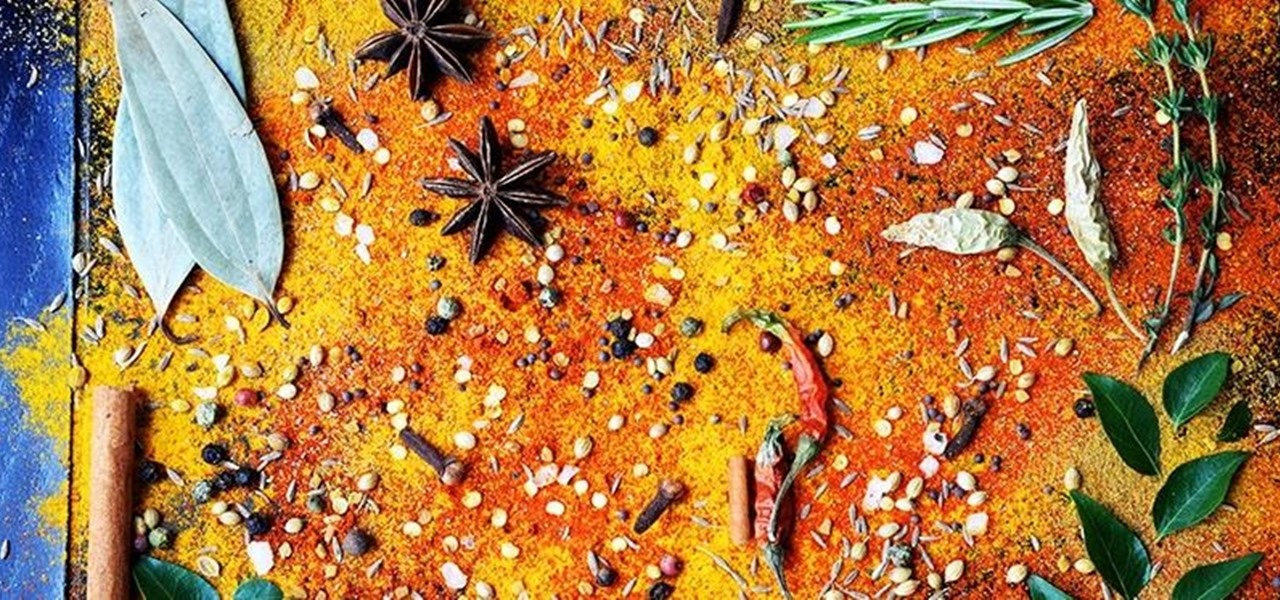


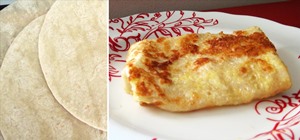




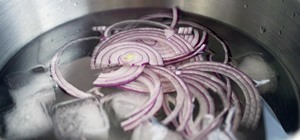
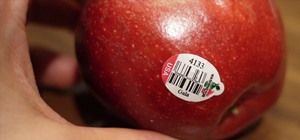
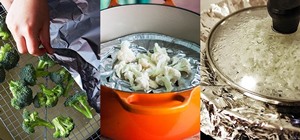











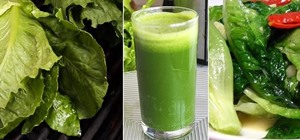
2 Comments
Another great Persian dish is Tachin.
http://turmericsaffron.blogspot.com/2010/01/tah-chin-persian-upside-down-layered.html
(There are many versions, but the one with chicken is most popular, and most are decorated with barberries on top, which I am not fond of, or have barberries mixed in it. Some people, like my aunt, add some rose water to it as well...for me, it's all about making sure it's properly yellow, which means ensuring that there's been enough saffron added.)
Thank you so much for sharing that! I will have to try that...if I can find a Persian friend to make it with me ;-)
Share Your Thoughts